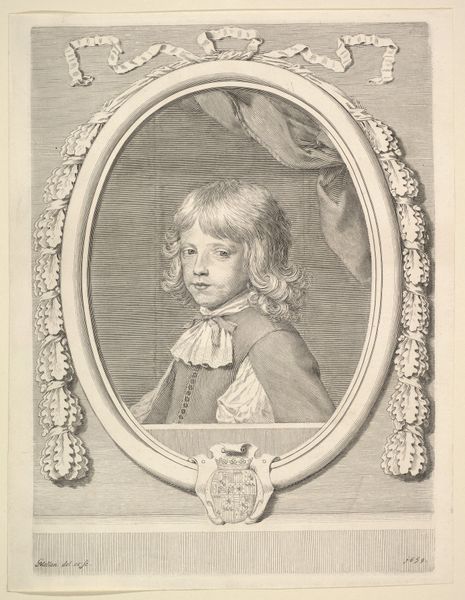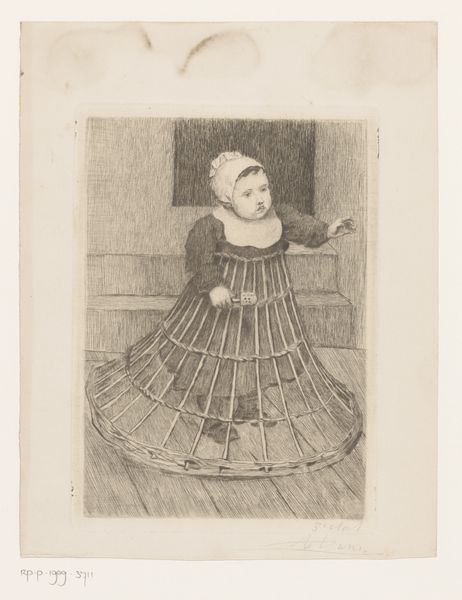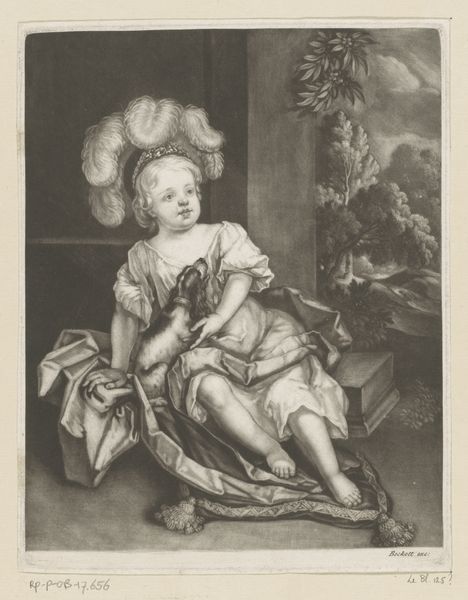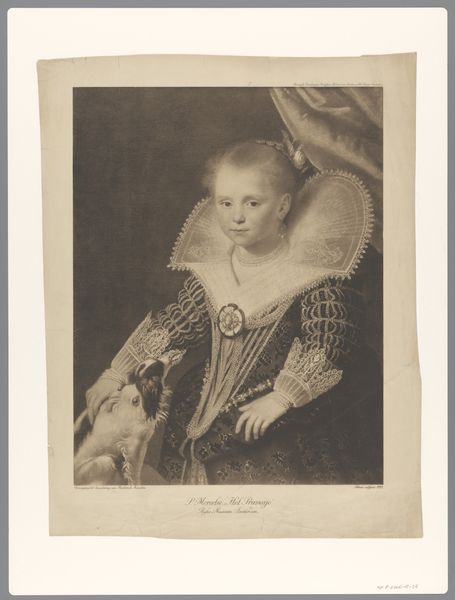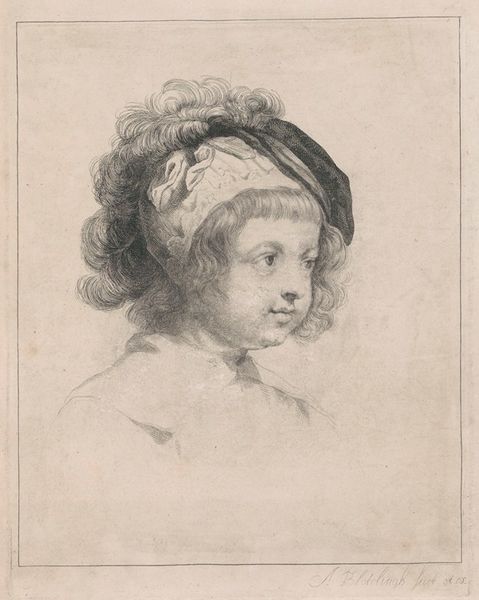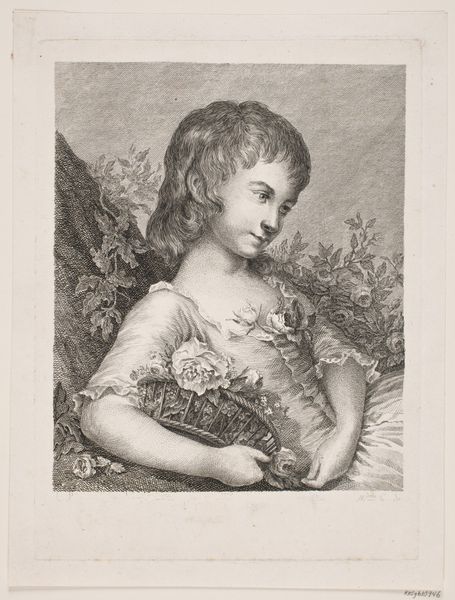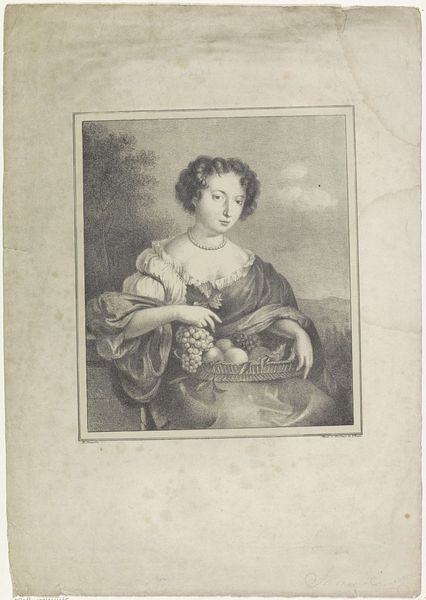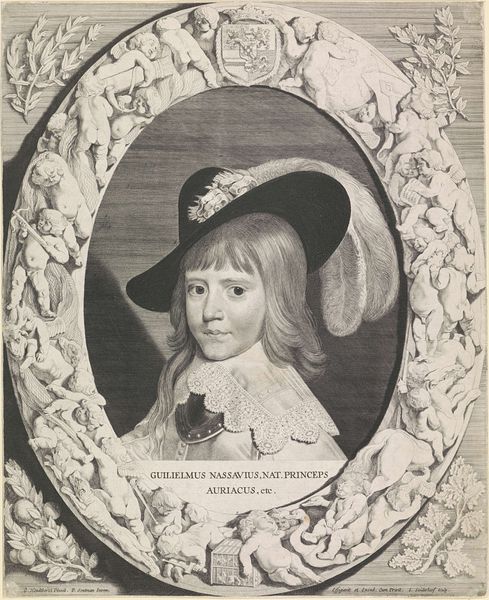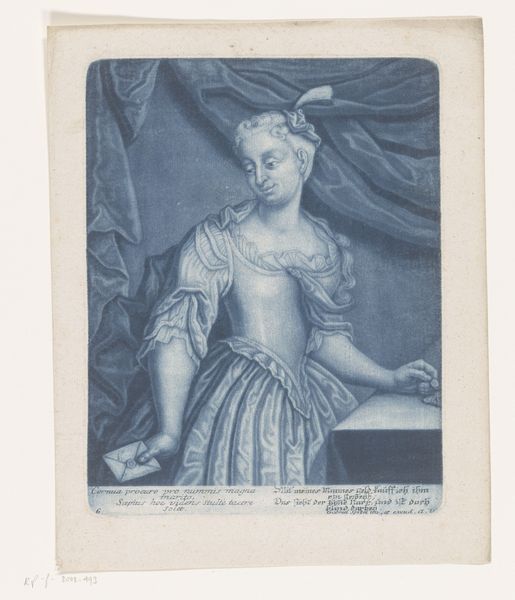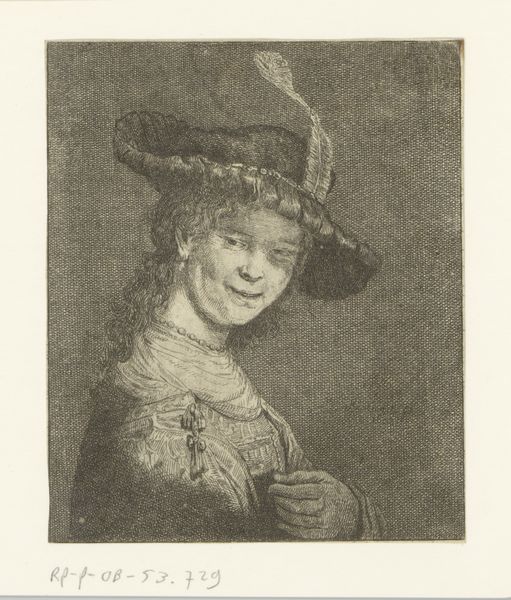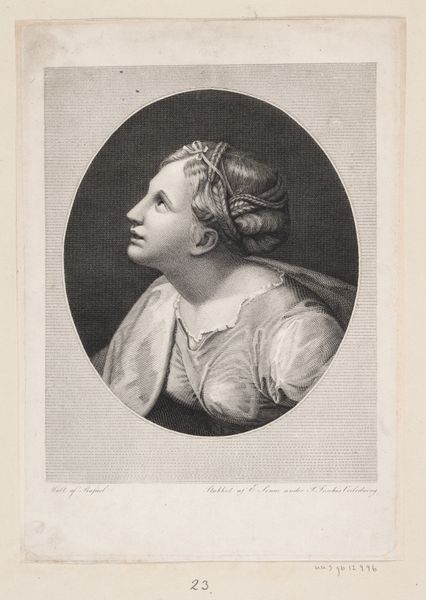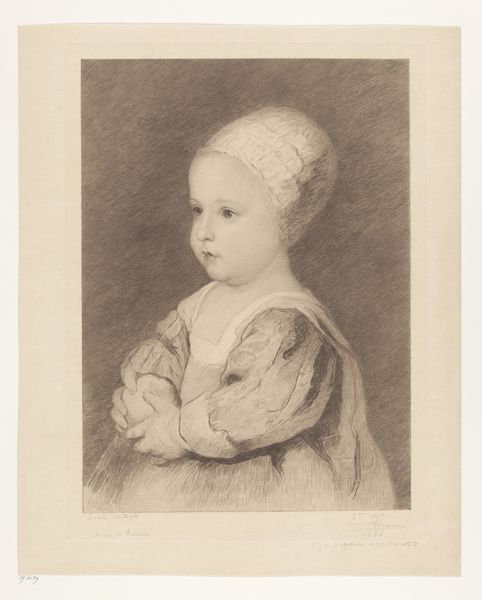
print, engraving
#
portrait
#
medieval
# print
#
genre-painting
#
engraving
Dimensions: height 250 mm, width 197 mm
Copyright: Rijks Museum: Open Domain
Curator: Welcome. This engraving is titled "Portret van een onbekend kind," or "Portrait of an Unknown Child" and its creation dates between 1815 and 1862. The technique is remarkable. Editor: It strikes me as rather melancholic. The subject's averted gaze, combined with the monochrome medium, evokes a sense of introspection and perhaps even social unease. It begs the question, what was childhood like in this period, and for whom? Curator: Indeed. Let's consider the socio-economic context in which it was produced. Engravings, like this one, circulated widely, democratizing images and ideas, so its availability for scrutiny would be wide reaching. The intricate hatching and cross-hatching create tonal variations, indicating a highly skilled printmaker. The paper itself—its likely provenance, quality, and cost—tells us something about the intended audience, too. Editor: Exactly! And looking at the child’s clothing – the fancy hat and the cherries hanging from their waist – this isn’t just *any* child, but rather a clear marker of elite status, and an exercise of class and privilege in a world increasingly impacted by industrialization. The clothing might even be staged or an idealized marker of gender itself! Curator: Good points. Considering these details brings the print into a broader narrative of representation and social messaging. There is likely an interesting link here between art as an indication of belonging and aspiration to the middle classes who may buy the engraving to demonstrate belonging. Editor: And perhaps more. This child is shown in isolation—where are the parents? It provokes me to wonder how the artwork plays into the discourse around childhood innocence or corruption, ideas rooted in patriarchal societal expectations and perhaps ripe for intervention? Curator: Well, looking at this, the artistry, skill, craft and commercialisation that are brought together to achieve this is a feat in itself and shows an interesting connection. Editor: A connection with ongoing ripples into modern issues. Ultimately, what this work leaves me pondering is the complex power dynamics embedded in even the seemingly simple representation of a child. Curator: Absolutely, and by extension, the labor and materials required to disseminate such representations to wider audiences. Editor: It is this conversation—historical material realities and art’s role in shaping identity—that makes analyzing this print so rewarding, don't you agree?
Comments
No comments
Be the first to comment and join the conversation on the ultimate creative platform.
